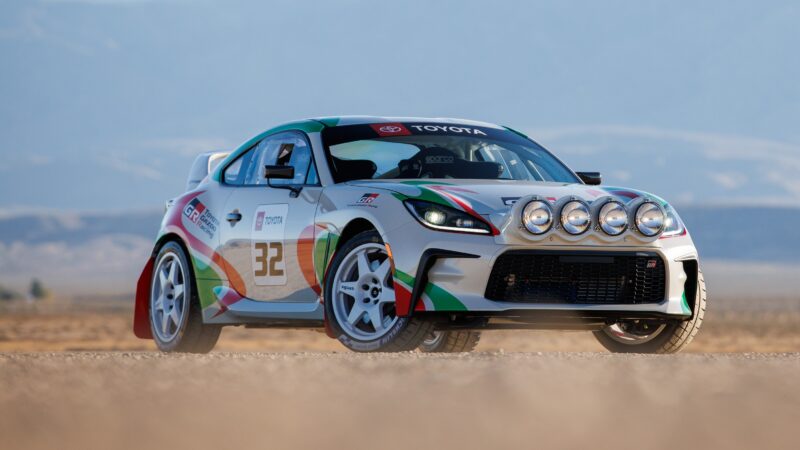We must thank Toyota for continuing to produce a lineup of high-performance car models in the modern era for the enjoyment of its fans.
After years of rumors circulating, Toyota has finally confirmed that the iconic Celica nameplate will be making a comeback.
The announcement was made by Toyota’s Executive Vice President, Yuki Nakajima, in conjunction with the recent hosting of Rally Japan.
“Honestly, there are no signs (of the Celica) at this time. However, there are many people within the company who are eagerly awaiting the return of the Celica.
“So, I wonder if I can say this in a public forum, but we are developing the Celica!”
This latest development comes just weeks after Toyota hinted at new sports cars, including the Celica, GR GT3, and MR2, in the animated series GRIP, as well as updates to the existing lineup (GR86, GR Supra).
Interestingly, at the 2024 SEMA show, Toyota also seized the opportunity to showcase a concept car named the GR86 Rally Legacy Concept, inspired by the 1990s Celica GT-Four.
In addition to a Castrol-style livery, the GR86 is equipped with a GR Yaris engine producing 300 hp and 370 Nm of torque, paired with a GR-Four all-wheel-drive system to embody the Celica theme being brought back.
Are you excited about the return of the Celica name?
